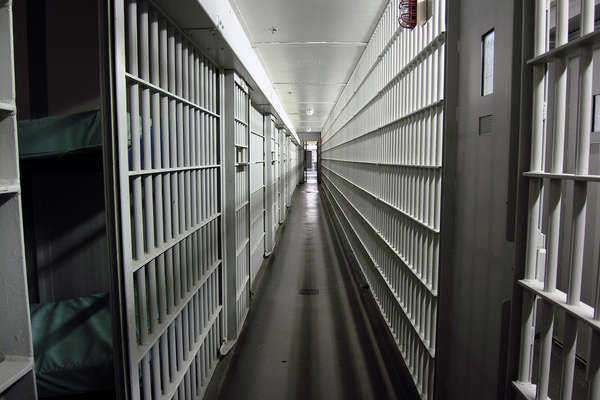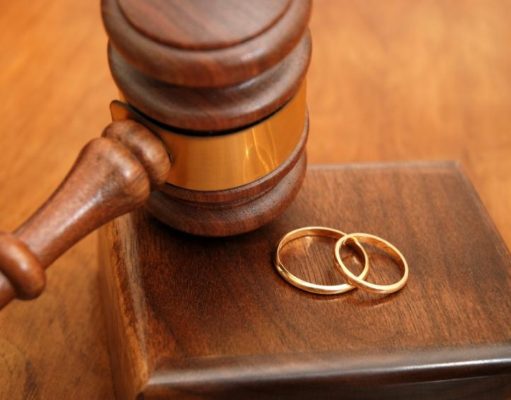What are Statutes?
A statute is a formal written enactment that acts as a legislative authority. Statutes are delivered through a state’s constitution or legal code; the legislative authority attached to a statute is designed to govern the underlying state, city, or county for which it was created.
The term is typically used to distinguish
laws created by legislative bodies from case laws, decided by courts, and regulations issued by government agencies.
As a source of law, statutes are considered primary authority; they are the direct and specific laws created to govern a definitive area.
In an idealistic sense, all statutes are created in alignment with the fundamental laws established in the
United States Constitution. The main difference between statutes and the laws which surround
common law is that statutes acquire their force from the time of their passage unless otherwise states.
Statutes are created in a variety of forms; typically public or private, declaratory or remedial or a perpetual versus a temporary statute. A temporary statute is one which is limited in its duration at the time of its enactment. A temporary statute will be active in its enforcement until the time of its limitation has expired. A perpetual statute, in contrast, is one which no limit or expiration is placed. That being said, if a statute does not contain any limitation, it is to be governed by another statute which is temporary only. As a result of this relationship, the former statute will also be temporary and dependent upon the existence of the latter.
In some countries, before a statute becomes a law, it must be agreed upon by the highest executive in the underlying government’s body. When this occurs, the statute is affirmed through publication as part of a legal code. In the majority of countries, including the United States, statutes are organized through codification as part of topical arrangements. These publications, also known as codes, represent the affirmed classification structure of statutes.
Statute Law
Statute law is a group of written laws, which are passed by a governing body’s legislature. Statute law is held separate from case law or common law, mainly because statutes are established to deal with specific situations. Every jurisdiction in the United States therefore possesses a form of statute law to regulate and enforce rulings on the most specific of problems or situations.
In the United States, state legislatures are granted the power to make laws on anything that they have the power to govern. For example, a state legislature may create a statute to govern issues concerning property and divorce, among other things. Federal legislatures, however, are only permitted to make laws on matters, which govern interstate commerce and issues such as
international relations.
Dissimilar to courts, the legislature does not need a ‘case’ before it can rule or create a law. For example, a judge can only make law when a case is presented before them; the judge can make law in the form of establishing precedent in that particular case. In contrast, a legislature possesses the authority to make a law about anything within their governing body that they feel is necessary. That being said, all laws must pass through the appropriate process and receive the required number of votes to be codified and subsequently affirmed.


 To become a prison guard, one should have a general interest in law enforcement. Furthermore, there certain aspects of the career that must be taken into consideration. A certain personality is necessary in order to be a prison guard, for it is inherent that one may deal with dangerous criminals, particularly in positions in state prisons. One must also have excellent awareness and have outstanding physical health as well.
To become a prison guard, one should have a general interest in law enforcement. Furthermore, there certain aspects of the career that must be taken into consideration. A certain personality is necessary in order to be a prison guard, for it is inherent that one may deal with dangerous criminals, particularly in positions in state prisons. One must also have excellent awareness and have outstanding physical health as well. 



